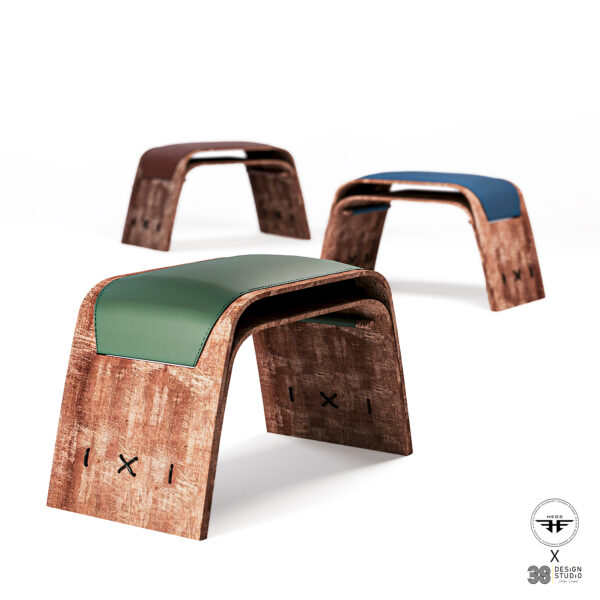
Supported by the Micro, Small and Medium Enterprise Development Agency (MESMEDA) and the Egyptian Handicrafts Export Council (EHEC), the selection of the Egypt Banquet is rooted in the exceptional history of the country, a history that is still alive and contemporary.
Ancient architecture, pharaohs' furniture, natural materials are still relevant in the country's craft studios and design agencies. Concerned with sustainability, the origin of resources and ecology, these new designers are driving a certain renaissance of the Egyptian identity, faithful to its origins but also a promise of a world in harmony and commitment.
History is in perpetual motion, thanks in part to the contribution of these artists and craftsmen who reinterpret ancient motifs and traditions with sensitivity and exigency in order to create objects and works, permanent links between the past and the future for society and the collective.
The Egyptian Handicrafts Export Council (EHEC) is an independent entity established by Ministerial decree from the Egyptian Ministry of Industry and Foreign Trade to support Egyptian Handicrafts through various capacity-building mechanisms in order to exponentially increase their productions capabilities thereby maximising Egypt’s ability to compete worldwide in the global market.
The Egyptian art of living, a golden formula.
Our Egyptian ancestors lived in harmony. They mastered the art of living, designed exquisitely, documented meticulously, pioneered many skills, never harmed their environment and thus made the best use of the resources at their disposal.
They initiated a lifestyle in harmony with society and Nature and it is this balance that we are trying to perpetuate.
Papyrus, one of the authentic local materials most associated with ancient Egypt, was an extraordinary material for the transfer of knowledge when used as paper, a strong and functional means of transportation when used in the construction of boats, and a local material that has yet to reveal all its resources. Maha Ragab and Hisham El Essawy began to tame and experiment with it, designing a seat with lines inspired by the architecture of ancient Egypt.
Glass happens to be one of the most rooted crafts in Egyptian history, with a number of techniques still common today. Pakinam Ibraham (Paky Art House) uses recycled glass to give more meaning and durability to her works, while respecting the environment.
Khayamiya is the ancient technique of making traditional tents, which was present in almost all the daily events of the Egyptians. Intrigued by this know-how, Nehal Leheta and Karim El Hayawan designed a piece, made by 5 master craftsmen, representing the eternal Egyptian elixir of life: the
making of bread, the golden wheat seed; motifs that are thousands of years old and that continue to this day with energy and respect.
Dina Shoukry and Mahmoud Abddrabboh have created a stool inspired by the Akhet headrest from the collection of Pharaoh Tutankhamun, whose delicate contemporary version is made of sissoo wood and linen.